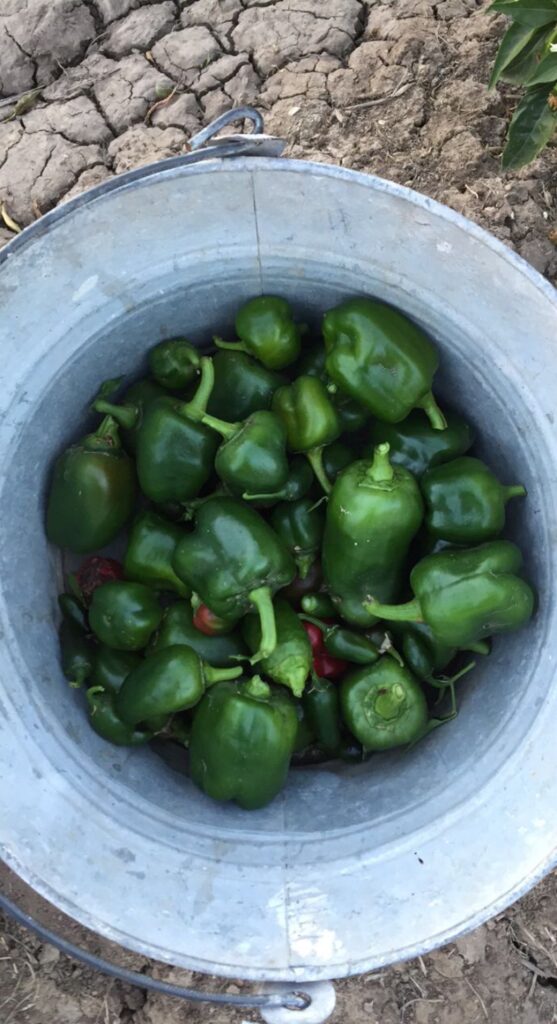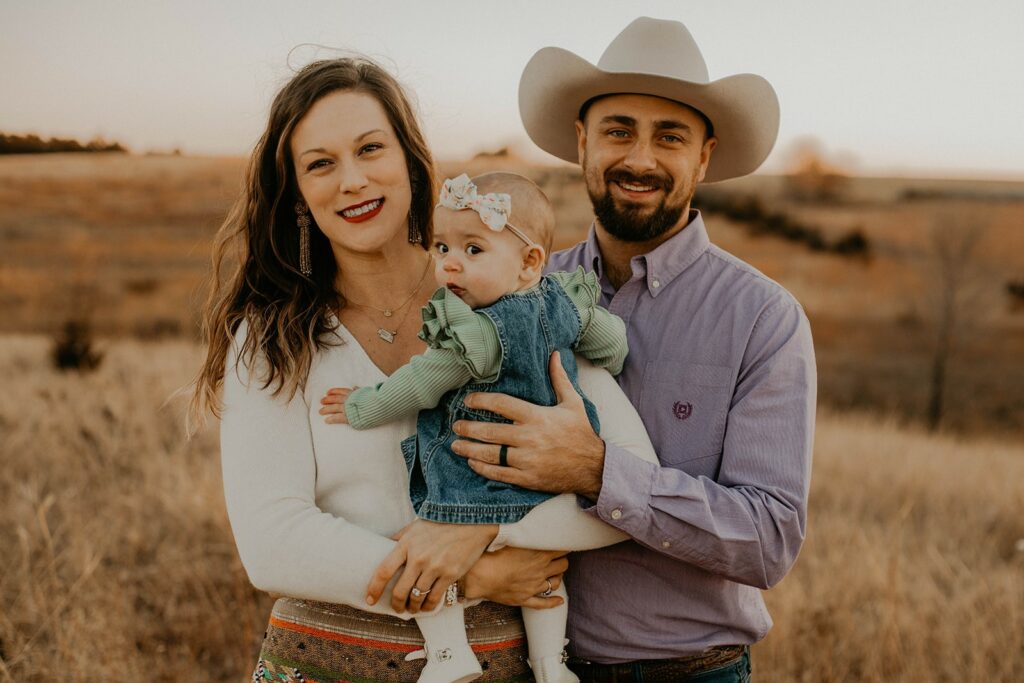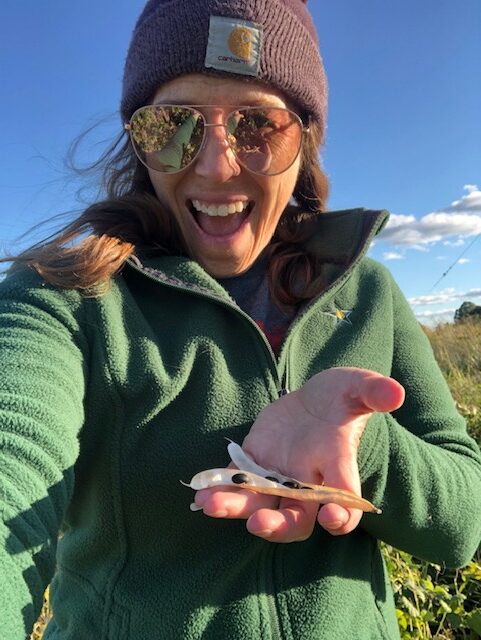Avid Gardener Lesley Schmidt
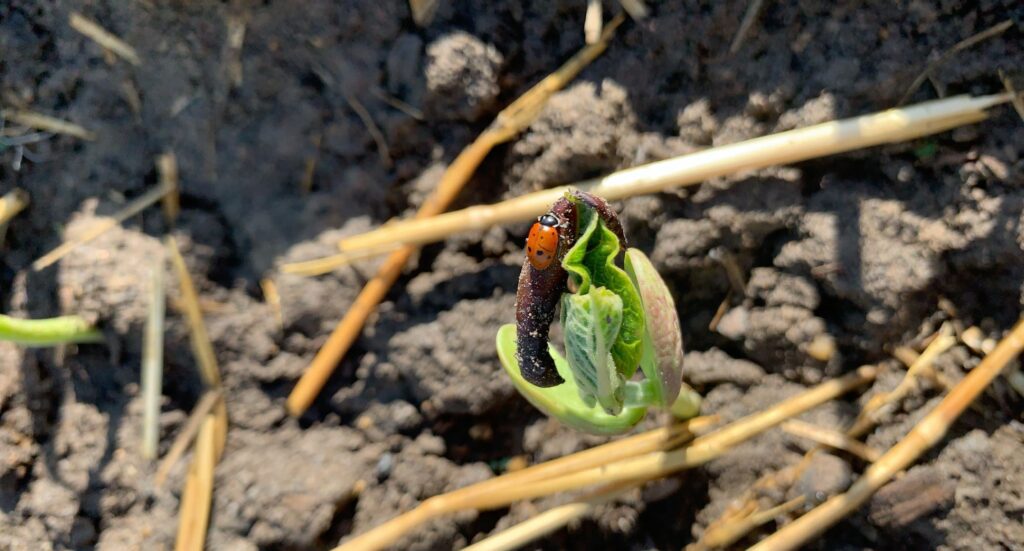

Lesley Schmidt is an avid gardener and farmer. She earned a degree in Technology Studies: Industrial Technology with an emphasis in Communications, plus an agricultural minor at Fort Hays State University in Hays, Kansas. When she is not in the garden or on the farm, she works full-time in an office in Wichita as a civil designer.
My earliest gardening memory is when I was a little girl picking beans with my grandpa in the garden. Once we got our buckets full, we would sit on the front porch snapping beans. When we had a full bowl, we would take it to the kitchen where my grandma would be canning.
Gardening, just like farming, has been passed down from generation to generation. It started with my great-great-grandparents, and was passed to my great-grandparents, grandparents, and then on to my parents and me. Now four generations all work together growing flowers and vegetables as a family at our separate homes each year. We share what we harvest in each garden, and we rarely have to purchase produce from the grocery store.
My favorite thing from the past few years is our Chaos Garden, which is when we mix a variety of our leftover seeds and plant them without knowing which seeds are where. We planted an area in my parents’ garden, one at my grandparents’ and one set in mine. Seeing the difference in the plants that came up was exciting because it’s a mystery.
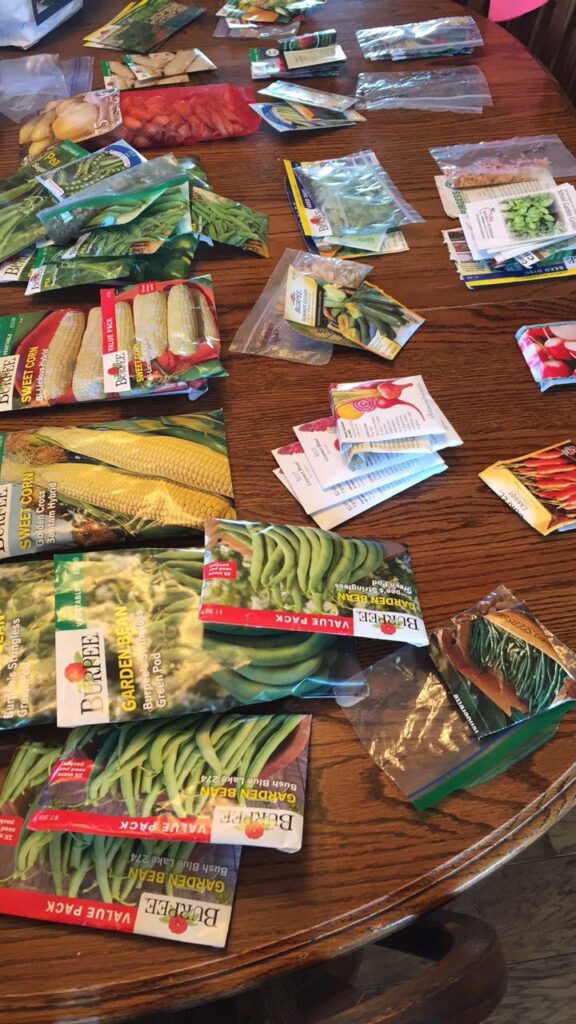
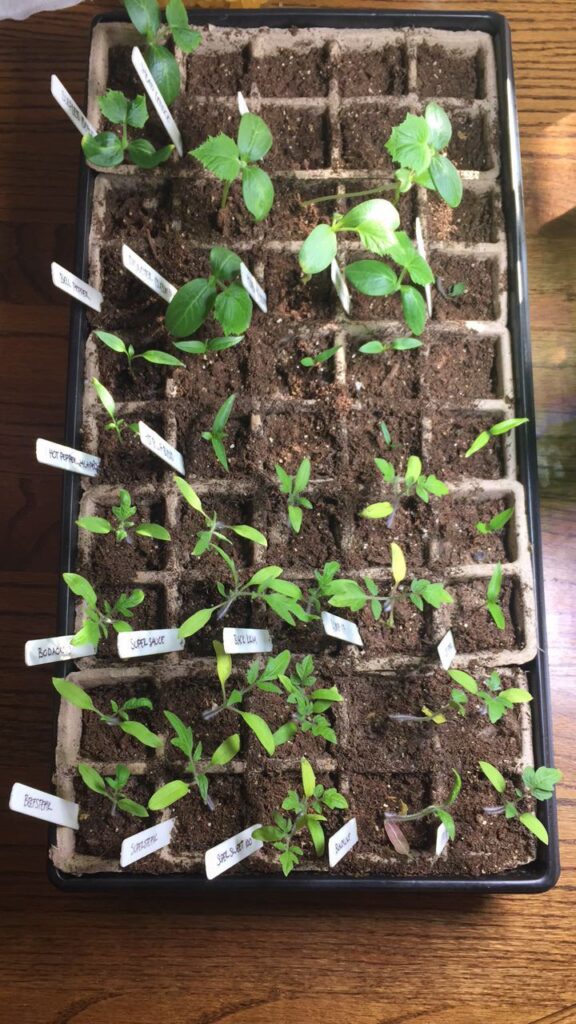
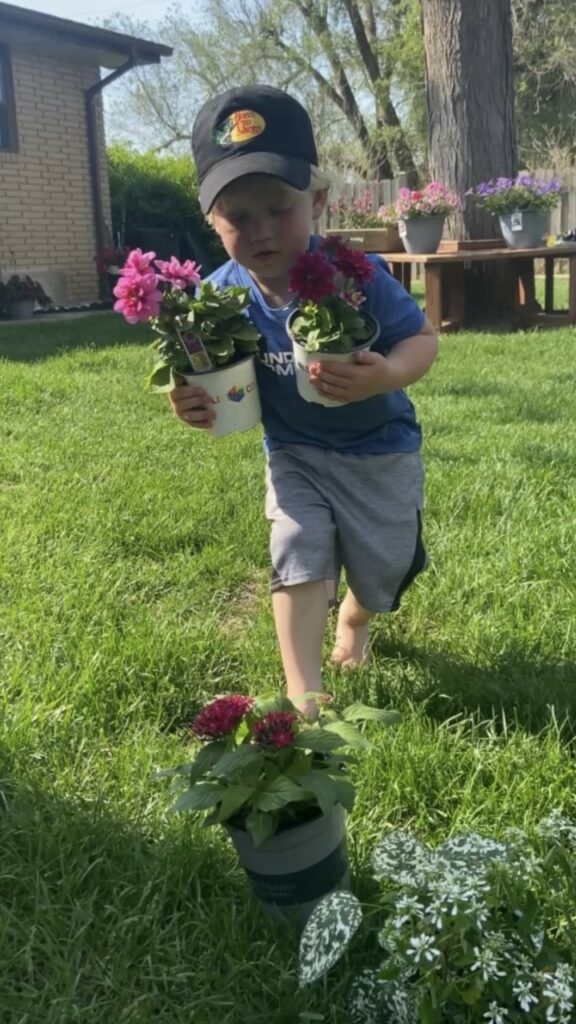
We also each have different soil types and weather, which plays a factor in our gardening, much like farming. My grandparents ended up with a lot of pumpkins. My parents had more squash. I ended up with several flowering plants and peas (yum, my favorite). It’s fun to do, and each time we learn which plants work better in different soil types.
We also pay attention to how different plants can help each other. Then we plan out the garden for the next year based on what we’ve learned. This is called Companion Gardening. For example, we will plant corn alongside soybeans because the soybeans provide nitrogen to enrich the soil. We will also plant squash, which provides shade to keep out the weeds and pests.
Nearby we will plant a pollinator garden to bring in the pollinators. This specific type of companion planting is known as the Four Sisters, as these crops complement each other in the garden as well as nutritionally. Many crop farmers like us apply this concept to their farms. For example, farmers have a crop rotation of planting soybeans one year followed by corn the next year. The soybeans give the soil a nitrogen boost that is necessary for the following year’s corn crop. That’s why corn and soybeans are great companions.
It can get complex. To keep track of everything, I create a garden plan design. This plan helps me to coordinate which seeds to plant and where. It also makes it easier to rotate the crops to avoid disease and plot out which plants are good companions, very similar to many farming practices.
Once people know I love to garden, they will often ask me how to get started. I encourage them to grow what they like to eat and to start small, like growing tomatoes in a single pot. Starting small helps to curb food waste and makes it easier to start up again the next season.
